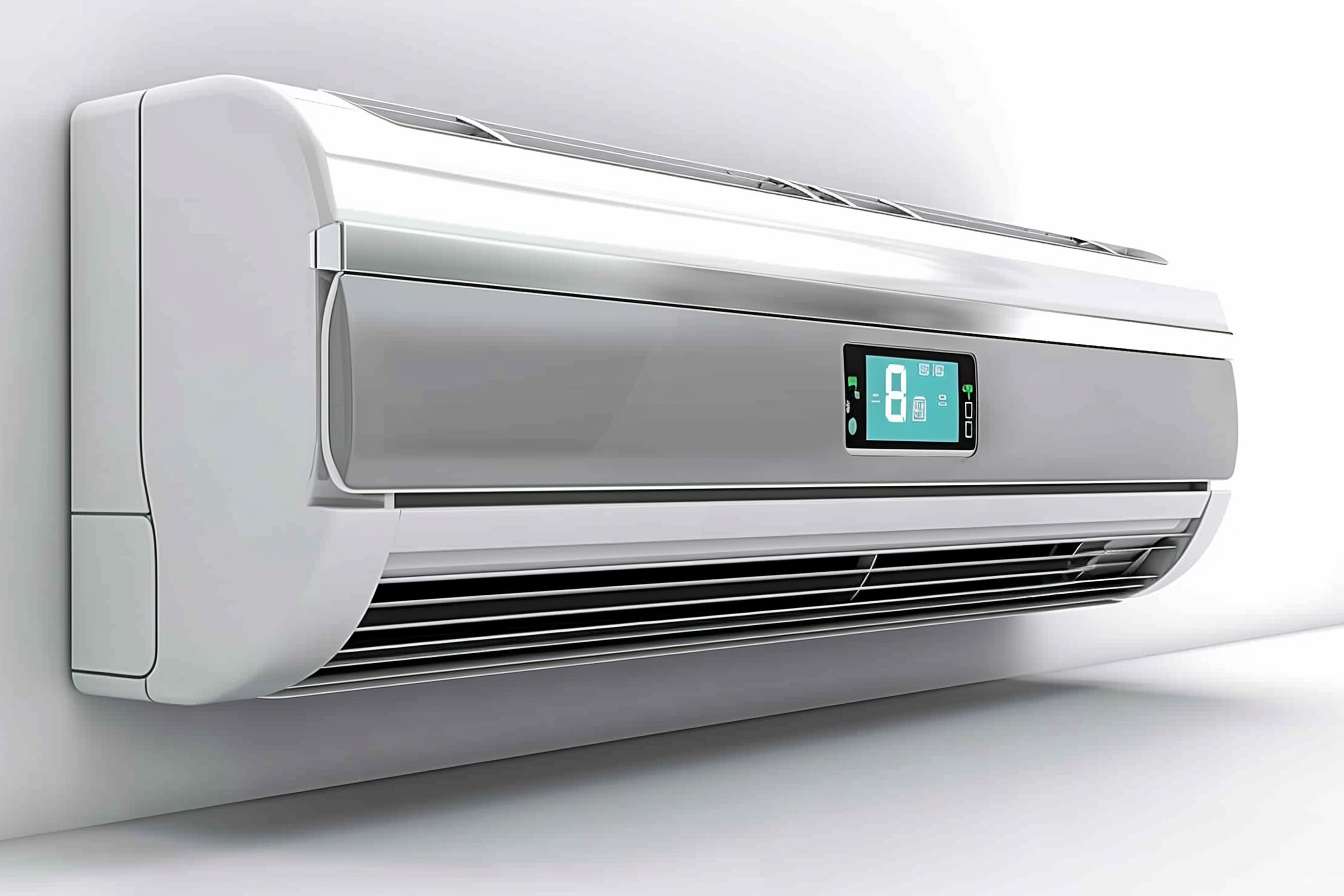Understanding Abandoned Houses: A Guide to Properties and Opportunities
Abandoned houses represent both challenges and opportunities in the real estate market. These vacant properties, often left neglected for years, can become available through various channels including auctions, bank sales, or direct purchases. While some see these properties as eyesores, others recognize their potential for renovation and investment, making them an intriguing aspect of the property market.

How to Find Abandoned Properties
Several methods exist for locating abandoned houses. Local government offices maintain lists of vacant properties and tax-delinquent homes. Real estate agents often have access to databases of distressed properties. Additionally, online auction sites frequently list abandoned houses for sale. County records and tax assessor offices can provide ownership information and property status details.
Understanding the Acquisition Process
Acquiring an abandoned house involves several steps and potential pathways. The most common methods include tax sales, bank foreclosures, and public auctions. Before purchasing, thorough due diligence is essential, including title searches, lien investigations, and property inspections. Some jurisdictions require specific waiting periods or legal procedures before abandoned properties can change hands.
Renovation Considerations for Abandoned Houses
Renovating an abandoned house requires careful planning and substantial resources. Common issues include structural damage, outdated systems, mold growth, and pest infestations. A professional inspection is crucial to assess renovation needs and costs. Major systems like electrical, plumbing, and HVAC typically need complete overhaul in long-abandoned properties.
Legal Aspects and Property Rights
The legal framework surrounding abandoned houses varies by jurisdiction. Key considerations include property taxes, liens, ownership rights, and local ordinances regarding vacant properties. Some areas have specific laws about maintaining abandoned properties or programs to facilitate their rehabilitation. Understanding these legal aspects is crucial before pursuing an abandoned property purchase.
Typical Costs and Investment Considerations
| Acquisition Method | Average Cost Range | Additional Expenses |
|---|---|---|
| Tax Sale | $5,000 - $50,000 | Back taxes, liens |
| Public Auction | $20,000 - $100,000 | Renovation costs |
| Bank Foreclosure | $40,000 - $200,000 | Legal fees, repairs |
Prices, rates, or cost estimates mentioned in this article are based on the latest available information but may change over time. Independent research is advised before making financial decisions.
The journey from identifying an abandoned house to successfully renovating it requires careful planning, substantial resources, and thorough understanding of local real estate markets. While these properties can offer significant investment potential, they also come with considerable risks and responsibilities that must be carefully evaluated before proceeding with any purchase.






